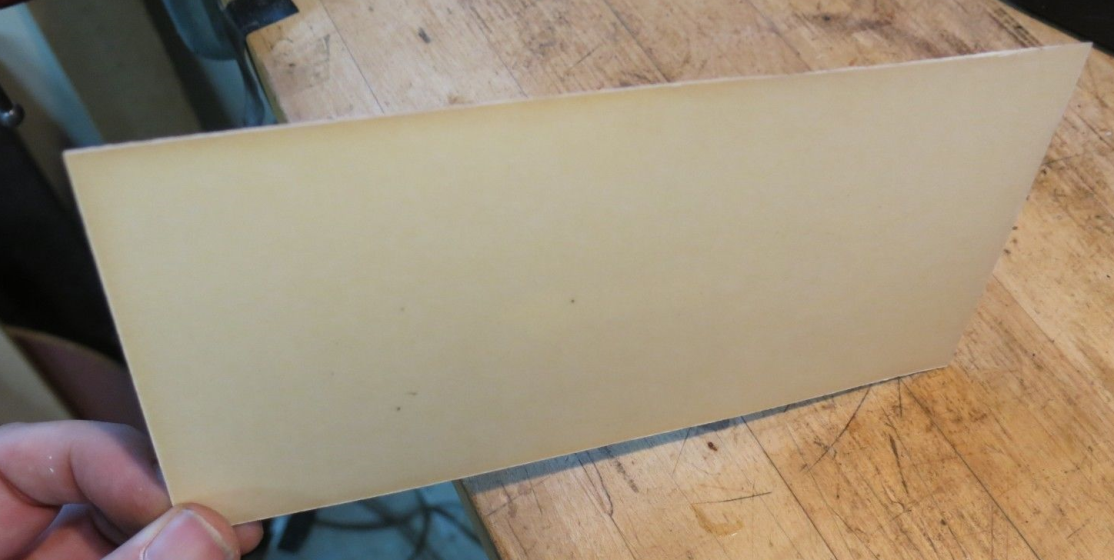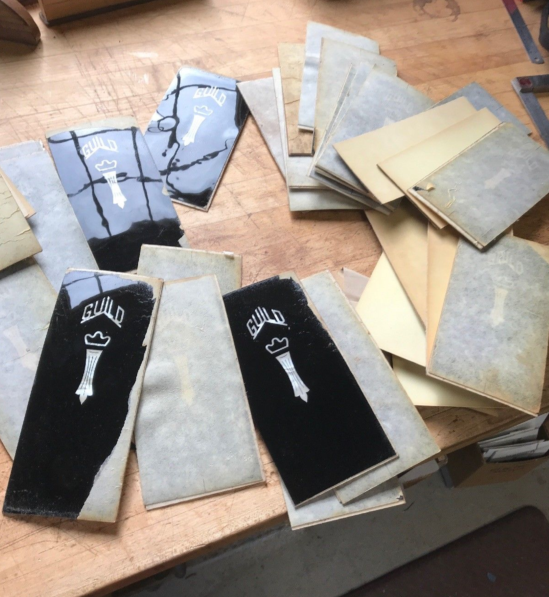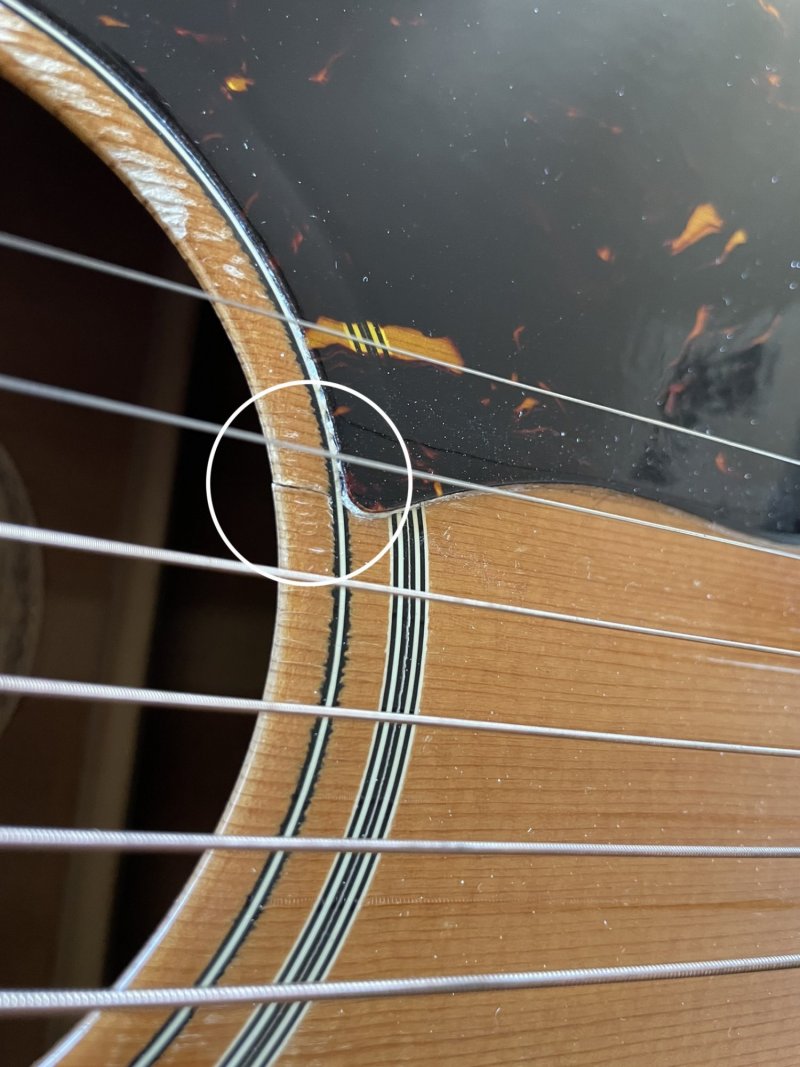repetitionandnoise
Junior Member
- Joined
- Feb 5, 2023
- Messages
- 19
- Reaction score
- 10
- Guild Total
- 1
Howdy everyone,
Can anyone tell me what’s going on around the headstock under the veneer on this old d35? If you look at the photos you’ll see a straight “crack” (if you want to call it that) that goes from the nut all the way around the headstock back to the other side of the nut. Any ideas or repair advice would be greatly appreciated!
Can anyone tell me what’s going on around the headstock under the veneer on this old d35? If you look at the photos you’ll see a straight “crack” (if you want to call it that) that goes from the nut all the way around the headstock back to the other side of the nut. Any ideas or repair advice would be greatly appreciated!
Attachments
-
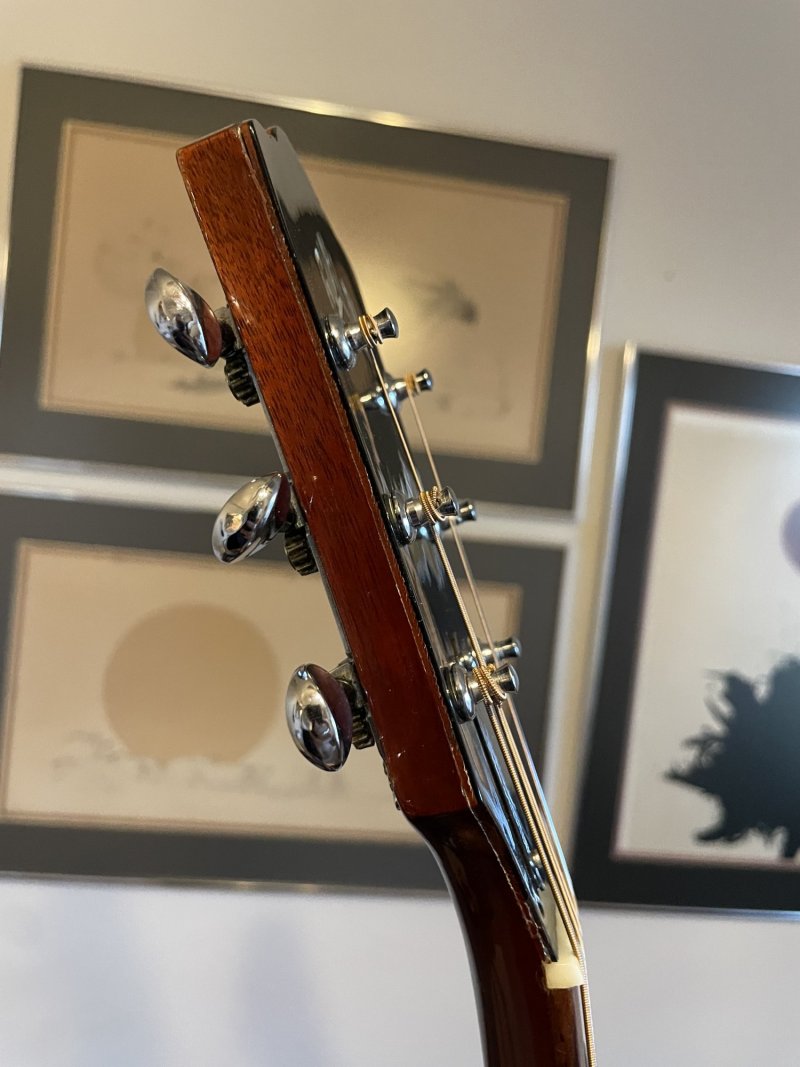 48DED60E-E1D9-436C-A558-0AFC3C65980B.jpeg360.3 KB · Views: 353
48DED60E-E1D9-436C-A558-0AFC3C65980B.jpeg360.3 KB · Views: 353 -
 9CBDFCE2-1800-45BC-922B-2BCDBE35FFF5.jpeg353.3 KB · Views: 102
9CBDFCE2-1800-45BC-922B-2BCDBE35FFF5.jpeg353.3 KB · Views: 102 -
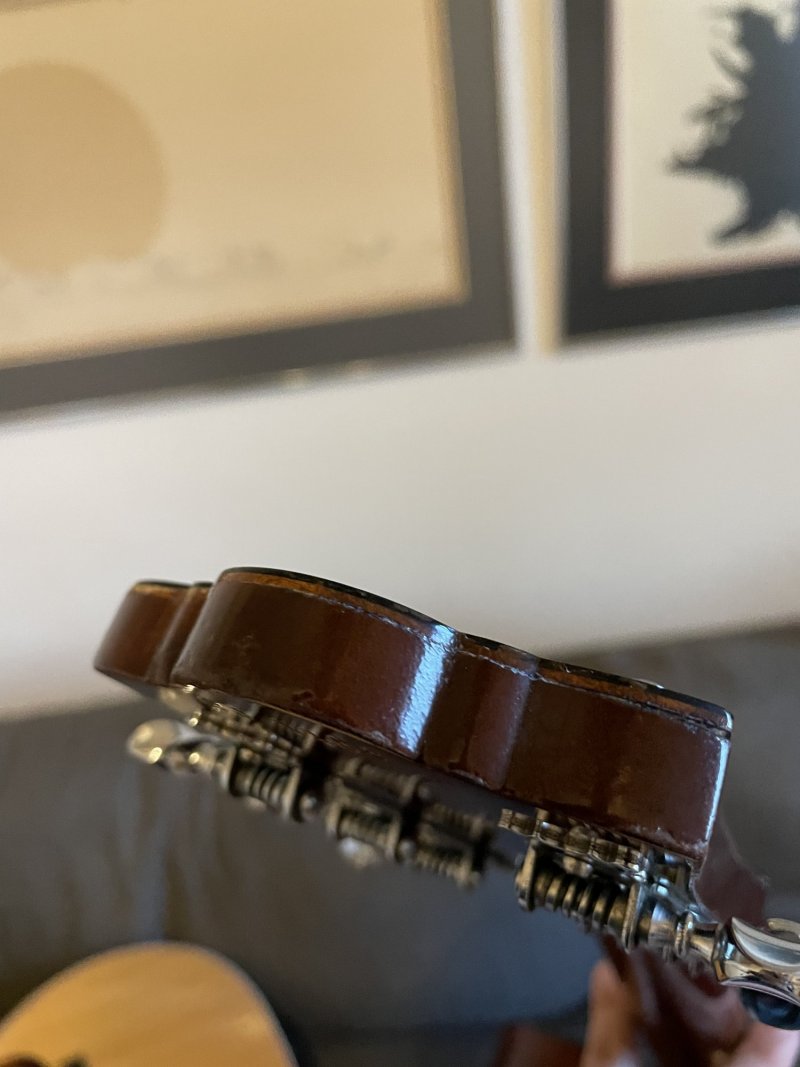 54C90EEA-E876-4241-8A4A-15BDCA58426D.jpeg334.1 KB · Views: 93
54C90EEA-E876-4241-8A4A-15BDCA58426D.jpeg334.1 KB · Views: 93 -
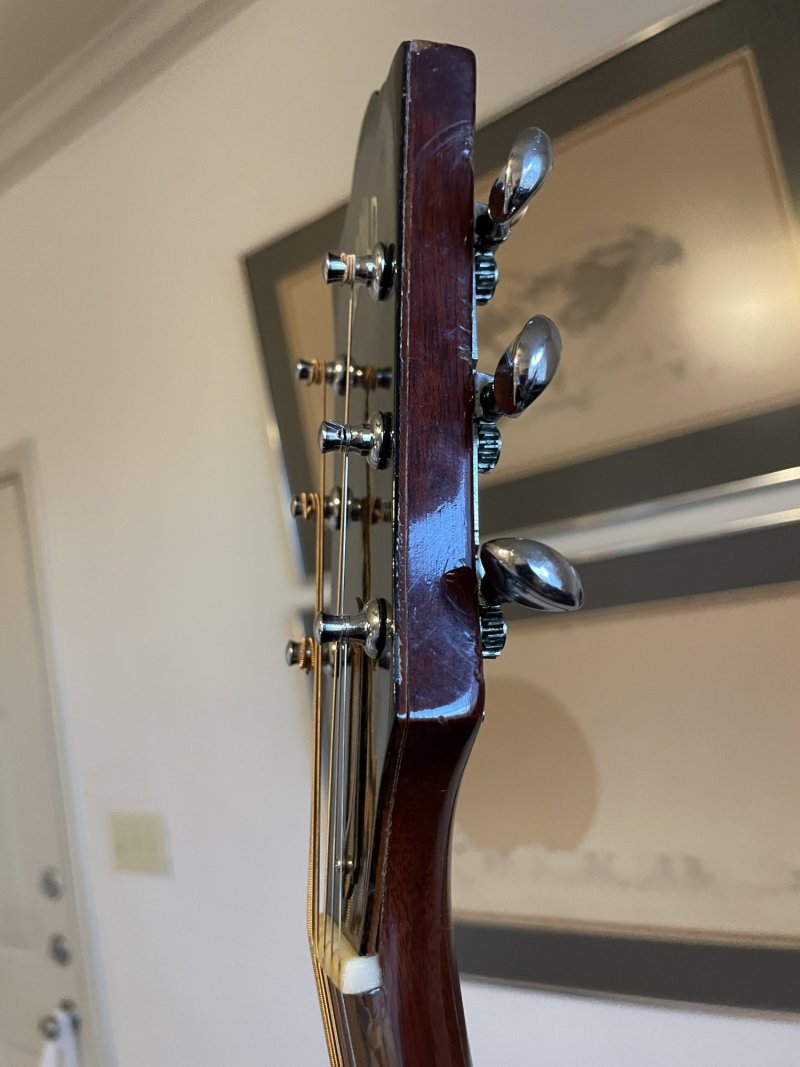 0269EE80-5057-46F7-B7C4-AF0B7FC0AA1D.jpeg321.4 KB · Views: 102
0269EE80-5057-46F7-B7C4-AF0B7FC0AA1D.jpeg321.4 KB · Views: 102 -
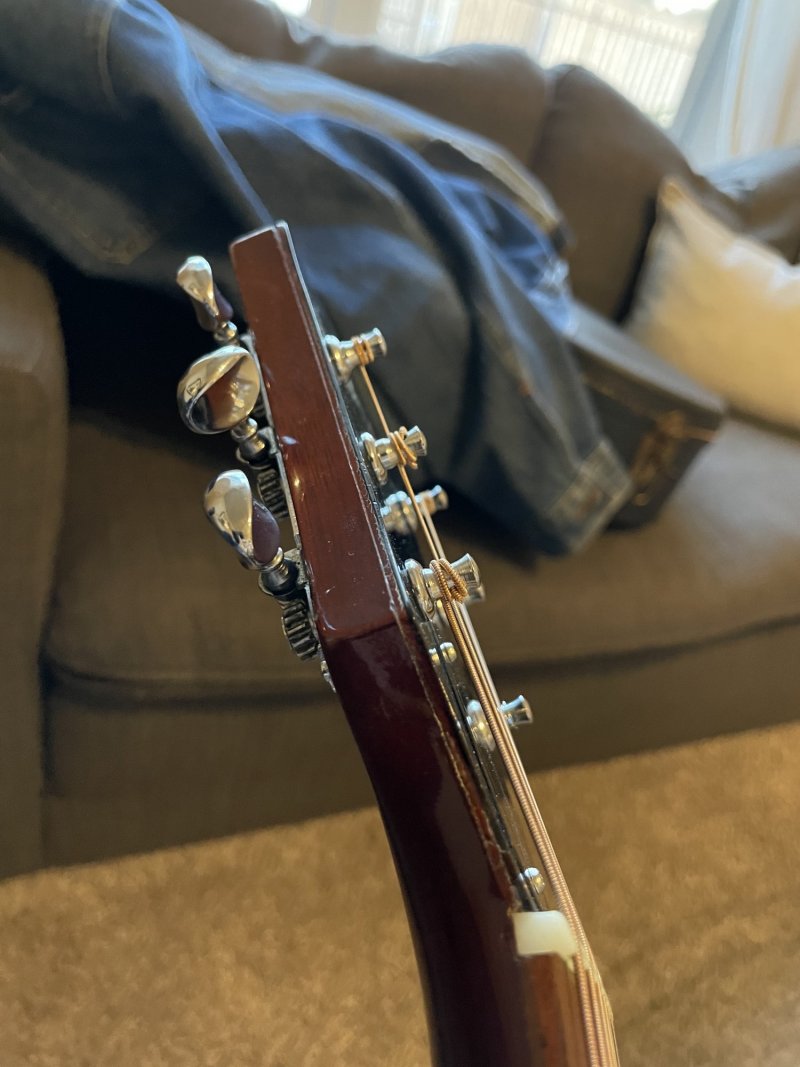 53E0A8EB-7F33-4C4D-BC11-96BBF4AC7B12.jpeg359.7 KB · Views: 97
53E0A8EB-7F33-4C4D-BC11-96BBF4AC7B12.jpeg359.7 KB · Views: 97

